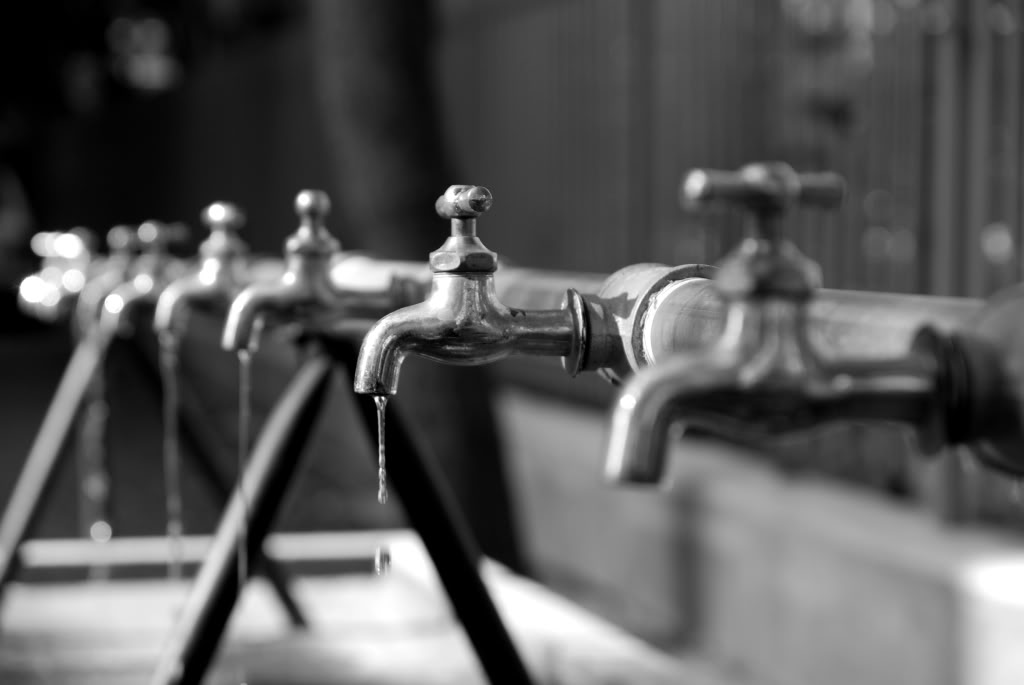At least 90% of Iran's natural water resources have already been used to meet the country's needs and relying on natural reserves is no longer viable, according to an official at the Energy Ministry.
Speaking to IRNA, Alireza Daemi, deputy for planning and economic affairs, said, "We cannot use our natural water resources (surface and groundwater) to meet the demand in rural and crisis-hit areas."
Daemi noted that the ministry is looking to "unconventional means" to supply the ever-increasing water demand.
"Our plan is to tap recycled wastewater and treated saltwater, among others, to meet the demand," he said.
Stressing the need to reduce consumption, the official said lack of efficiency in the water network and excessive use in the key agriculture sector must be addressed.
More than 14% of water transferred through the network are wasted due to old, eroding pipelines.
Furthermore, outdated farming practices are only 30-35% efficient, which is unacceptable since the agriculture sector is responsible for more than 90% of Iran's annual water consumption. The average global water use efficiency in the sector is 75%.
"The sector's annual water use is about 90 billion cubic meters; an increase of only 10% in efficiency will solve most of our problems," Daemi said.
The government in August agreed to allocate $500 million to implement pressurized irrigation systems to increase the efficiency of water use in the agriculture sector.
Plans call for promoting “drip” irrigation system that helps reduce water loss by up to 40%, as it enables users to adjust the amount of water needed for irrigation.
No Need for Dams
Tehran, a sprawling metropolis of 12 million people, uses around 1.2 billion cubic meters of water every year.
"If water consumption in the city was reduced by 10%, it would save enough water to fill up a relatively large dam. In other words, judicious water use will override the need to build dams," he said.
Experts say the haphazard and poorly organized dam construction projects pose a threat to the environment, desiccating some of the water-rich areas.
Iran is the world’s third leading country in dam construction. Over the past 30 years, it has built an average of 20 dams a year to irrigate farms and generate electricity.
Daemi said Iran's current water reserves can meet the demand without a problem, so long as consumption is reduced.
Analysts say Iran's water reserves are adequate to supply the needs of its 80-million-strong population, but poor management and excessive consumption have made things difficult.
Located in one of the world's most water-stressed regions, Iran's average precipitation rate has been lower than the global average for at least 10 years.
The country's nearly two-decade long struggle with drought, combined with high consumption and waste, has led to renewable water resources dropping to under 120 bcm. However, by some accounts, that figure is closer is 88 bcm.


